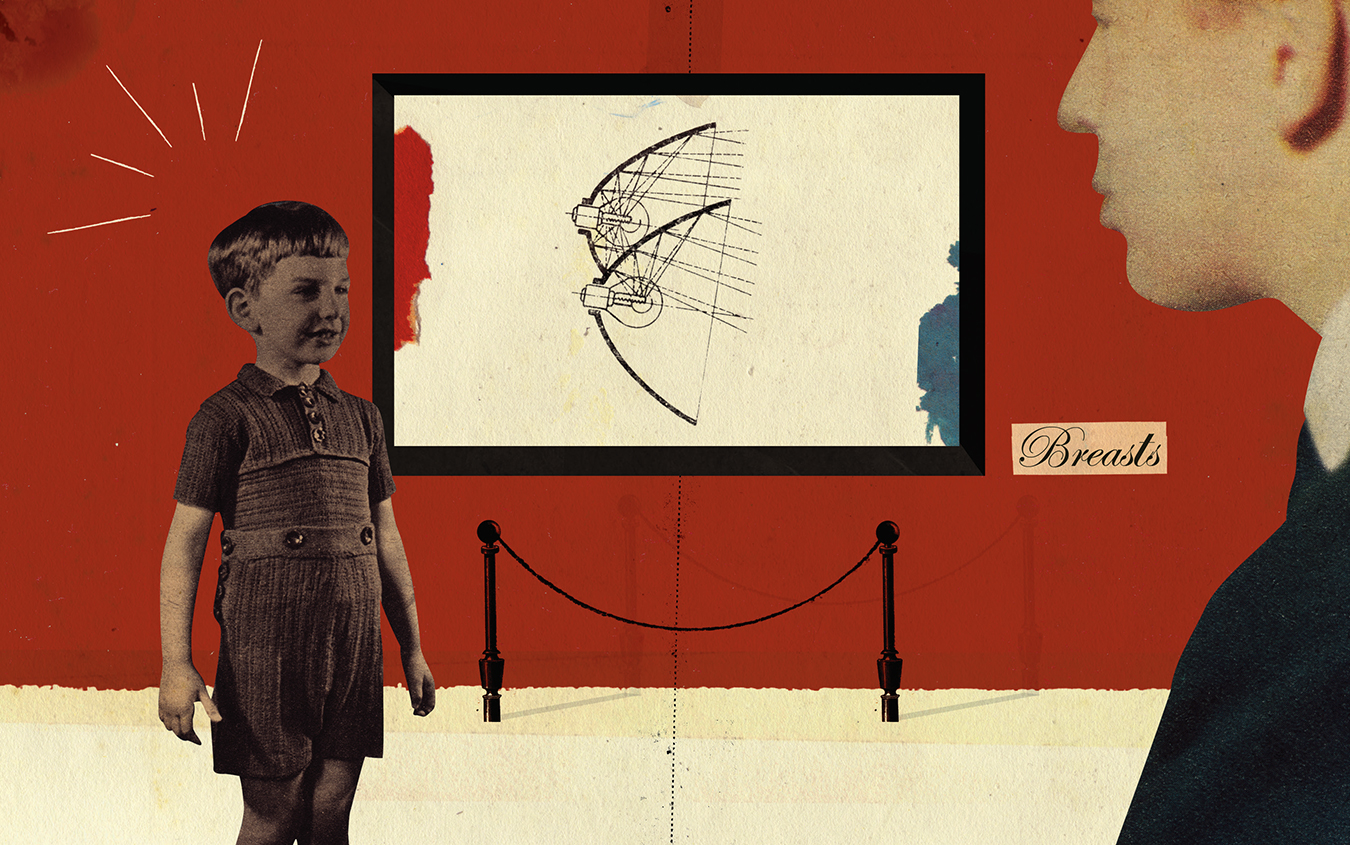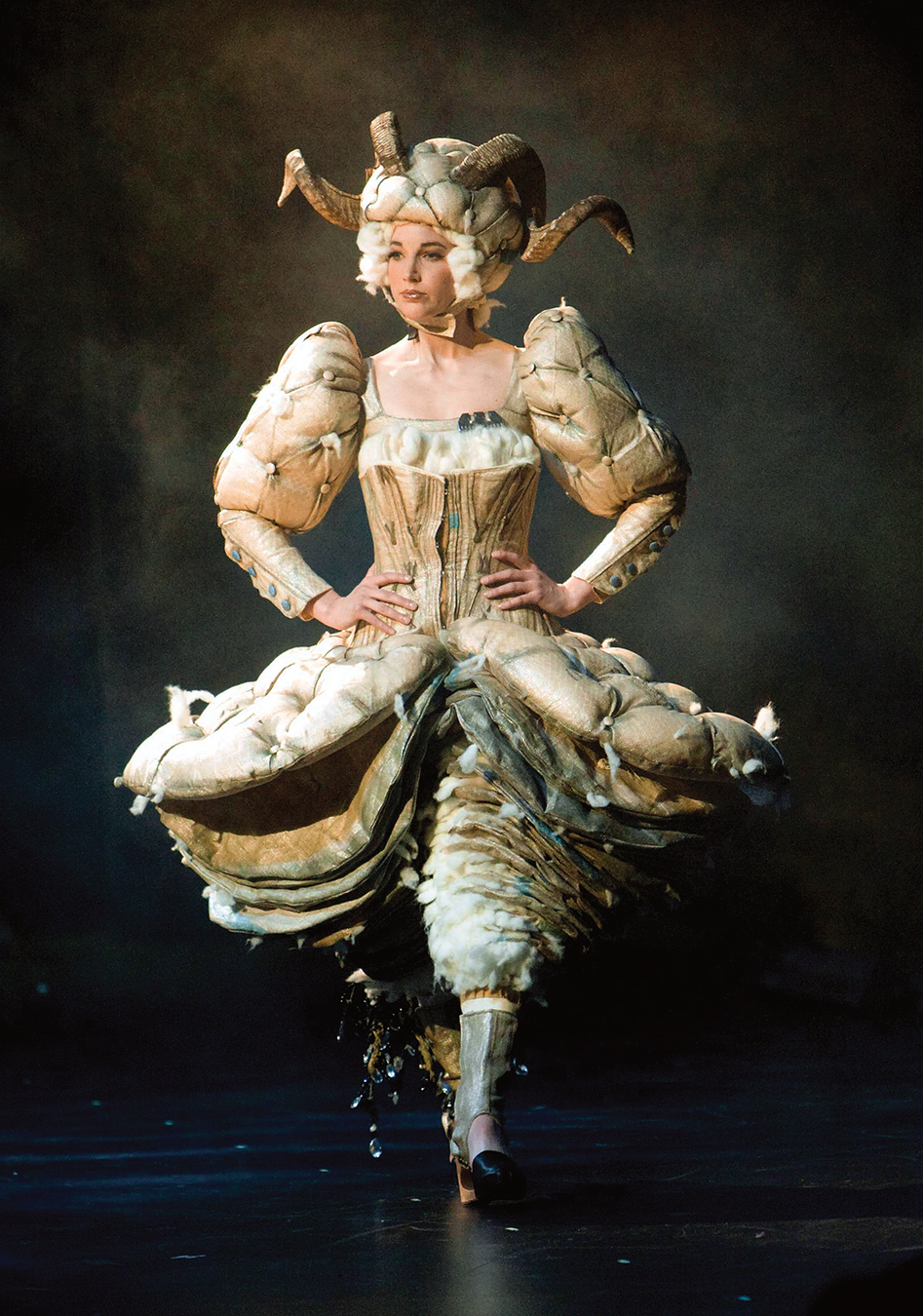A Baroque Entrepreneur:
Peter Paul Rubens
The painter had the mind of a modern businessman and skill of an artistic genius.
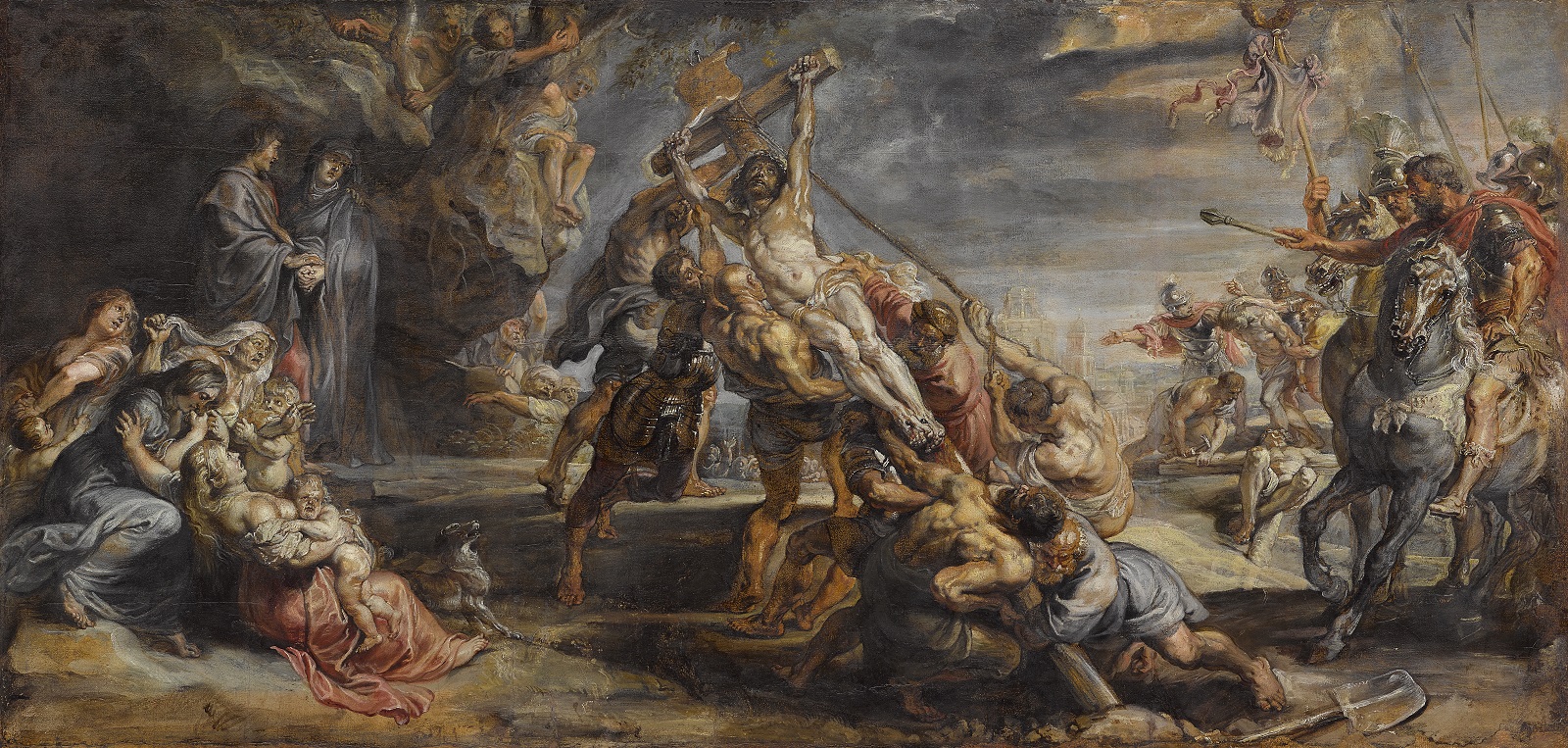
Peter Paul Rubens. The Raising of the Cross, c. 1638. Oil on paper; later mounted on canvas, 72.1 x 132.7 cm. Purchase, 1928. © Art Gallery of Ontario 906
A baroque painting is a cinematic experience: grandiose, detailed, and visually commanding. Baroque art is “storytelling [paused at] the climax of the narrative,” says Gillian McIntyre, interpretive planner at the Art Gallery of Ontario. A current exhibition at the AGO, Early Rubens, commemorates one of the baroque period’s greatest painters, Peter Paul Rubens, at the height of his career.
The exhibition contains 50 of the Flemish painter’s works completed between 1609 and 1621, borrowed from various institutions around the world—an ambitious feat that took three years to assemble. The works were created during a 12-year period of peace in Antwerp in the midst of the Eighty Years’ War against Spanish rulers. This time of peace coincided with the advent of the Baroque art movement and the peak of Rubens’ artistic bravado, as well as his entrepreneurial prowess. “He did all sorts of things nobody had done before,” explains McIntyre. In addition to being an academic and a diplomat, Rubens was hired as a court painter for the Spanish rulers in Brussels. He negotiated a deal that allowed him to work remotely from his home in Antwerp, where he hired his own apprentices for his workshop. With additional church and private commissions, Rubens produced “an enormous amount of paintings,” says McIntyre (over a thousand, according to Michael Jaffé’s catalogue of the artist’s work, which includes works aided/completed by others).
Rubens’ reach was expanded even further with the aid of a printing press he used to create copies of his book illustrations. With the foresight and ingenuity of a modern businessman, Rubens decided to copyright his work, which enabled him to gain full control of any copies created in his name, be assured that the quality was up to his standards—and profit from each copy. The notion of copyright was not well-known at the time, and Rubens’ prudence is only one aspect of his character that made him one of the greatest creatives of his time.
The enormity of Rubens’ paintings themselves matches their quantity: grand, immense paintings were emblematic of the baroque’s dramatic sensibility. The Raising of the Cross (1610), for example, is a monumental 15-by-11-foot triptych. Daniel and the Lions’ Den (1614/1615), on display at the exhibition, measures 7 feet wide and features 10 full-scale painted lions. “There is an emotional intensity to [his work],” says McIntyre, explaining how the AGO’s ownership of two seminal Rubens pieces was the catalyst to creating the exhibition: a smaller, oil-painted version of The Raising of the Cross painted in 1638 and The Massacre of the Innocents (1610), perhaps Rubens’ most archetypal work and the centrepiece of the exhibition.
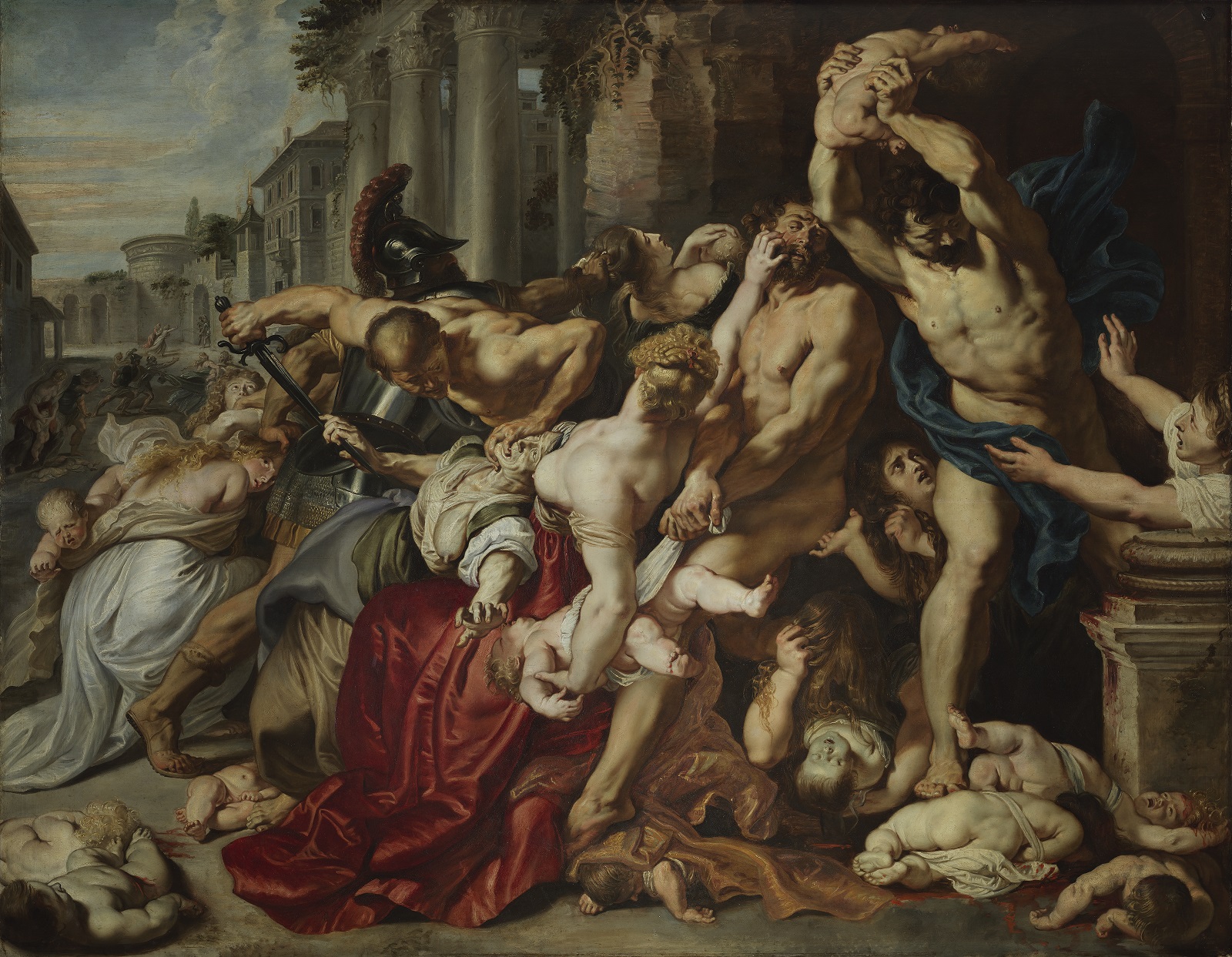
Peter Paul Rubens. The Massacre of the Innocents, c. 1610. Oil on panel, 142 × 183 × 1.9 cm. The Thomson Collection at the Art Gallery of Ontario. © 2018 Art Gallery of Ontario 2014/1581
“It’s an absolute tour de force,” McIntyre says of Massacre. In juxtaposition to the striking violence of the painting, the piece has been described as “anti-war”; despite their biblical or mythological associations, Rubens’ works were seen as political commentaries on the brutalities of war, which were rife during his lifetime. Such are the layers to Rubens’ pieces: they seem to tell myriad stories in their exquisite details. “When you look at one of his paintings, it almost demands you to look at it for a long time … The more you look, the more you see,” says McIntyre.
The Head of Medusa (1614), for example, intellectually extends further than the Greek mythological figure: the writhing creatures around the head illustrate society’s peaking interest in poison and death—the graphic painting was concealed by a curtain in the home of the original owner, who would unveil it for curious guests.
Medusa and many more of Rubens’ pivotal works are housed within brightly painted rooms at the AGO (“We wanted drama for this exhibition, because that’s what baroque is all about,” says McIntyre). The rooms are organized thematically across the gallery, with one room, holding two harpsichords, offering further insight into Rubens’ life by playing music he might have listened to in the era.
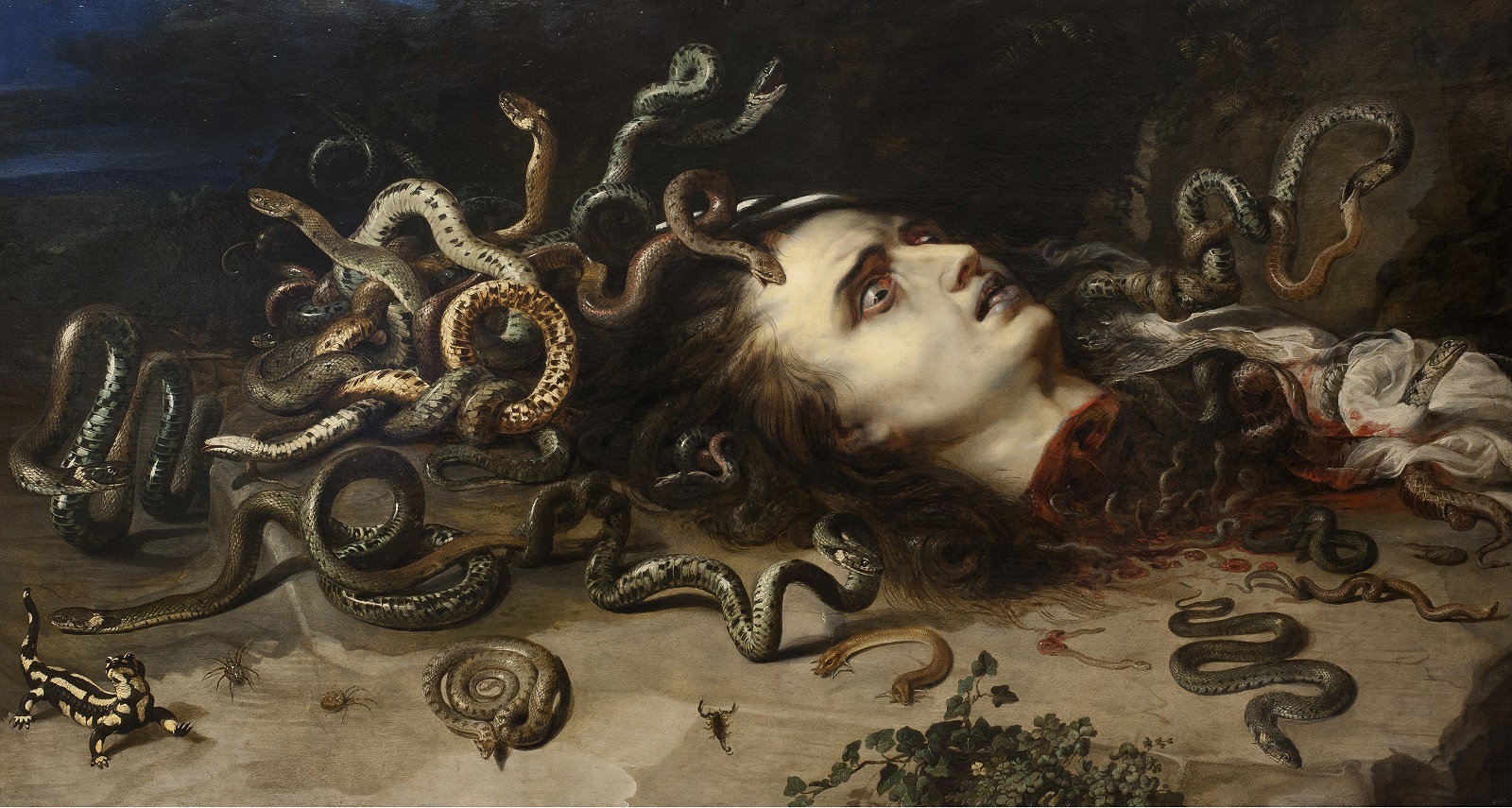
Peter Paul Rubens. Head of Medusa [detail], 1614. Oil on wood, Unframed: 60.6 x 122 cm. Moravian Gallery, Brno. Purchase, 1818.
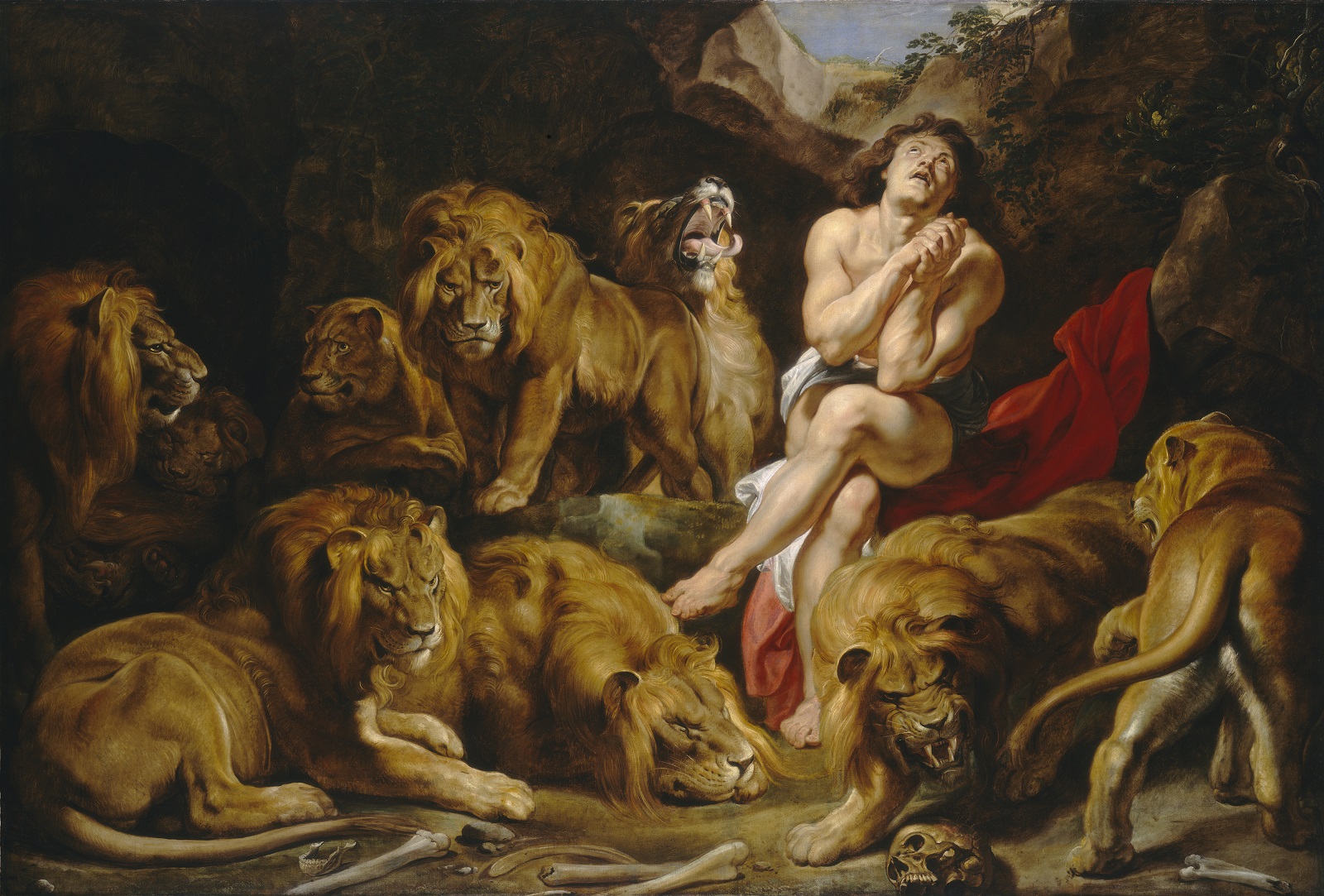
Peter Paul Rubens, Daniel in the Lions’ Den, c. 1614 – 1616. Oil on canvas, Overall: 224.2 x 330.5 cm. National Gallery of Art, Washington, Ailsa Mellon Bruce Fund, 1965.13.1. Courtesy National Gallery of Art, Washington
Early Rubens, organized in partnership with the Fine Arts Museums of San Francisco, is on view at the Art Gallery of Ontario until January 5, 2020.
_________
Never miss a story. Sign up for NUVO’s weekly newsletter here.

